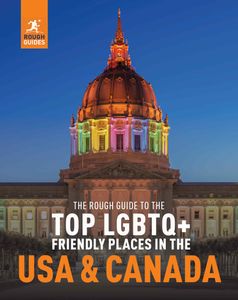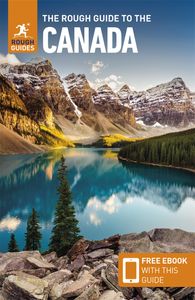Fernie
Straddling the ice-clear Elk River among knife-edged mountains, the hip ski-town of FERNIE is one place where first impressions should be ignored. Look beyond the lacklustre condo-, motel- and mall-lined highway and you’ll find pleasant, leafy streets lined with small, wooden houses that pave the way to an attractively low-slung brick downtown along 2nd Avenue. Here it’s immediately obvious that though Fernie has long depended on logging and open-pit coal mining, its outdoorsy appeal – primarily to skiers and mountain-bikers – has brought in a more liberal demographic. Art galleries, gift shops, coffee shops, outdoor-gear stores and health-food shops thrive in this upbeat little town.
Mountain biking in Fernie
If you’re in the Rockies to mountain bike, then Fernie’s where you should end up. It boasts the biggest trail network, the most lenient landowners and most active trail-builders. If you’re in town for any length of time, pick up the excellent Fernie Mountain Bike Guide ($20) from any downtown sports shop. Even with this in hand a few pointers are useful:
- The season runs from May to October, but snow can cause problems at either end, so late June to early September is best; that’s also when Fernie Alpine Resort opens its lifts to bikers.
- The best central spot to park is the Aquatic Centre on Cokato Rd. There’s a trail map posted beside a good little dirt park, pump track and trials area.
- The best easier trails (graded intermediate or blue) are in the Ridgemont area, easily accessed from beside the cemetery above the Aquatic Centre.
- Trail combinations not to miss include Swine Flu–Mad Cow; Dem Bones–Mushroom Head–Phat Bastard; and Project 9.
- After snow and wet weather Castle Mountain trails and Project 9 dry out first.
- The best longer rides (2–3hr) are Castle Mountain, Slunt and Big Money.
- The most challenging ride in terms of length and backcountry exposure is the 44km Porky Blue.
- The most technically difficult trails are Three Kings and Dirt Diggler.
The Frank Slide
On April 29, 1903, a good portion of Turtle Mountain tumbled down onto the little mining town of Frank. The term “slide” doesn’t do it justice: nineteen million tonnes of limestone crashed down with enough ferocity to cause lightning and trap so much air that many of the rocks could effectively “surf” on it across the valley. This was Canada’s deadliest rockslide, with well over a hundred people buried under the rubble, but amazingly no miners were killed – they dug themselves out after fourteen hours of toil.
The legacy of the disaster lies in a vast, rocky wasteland on either side of the highway and railway line and below Turtle Mountain, whose contours were once riddled with the galleries of local mines.

















